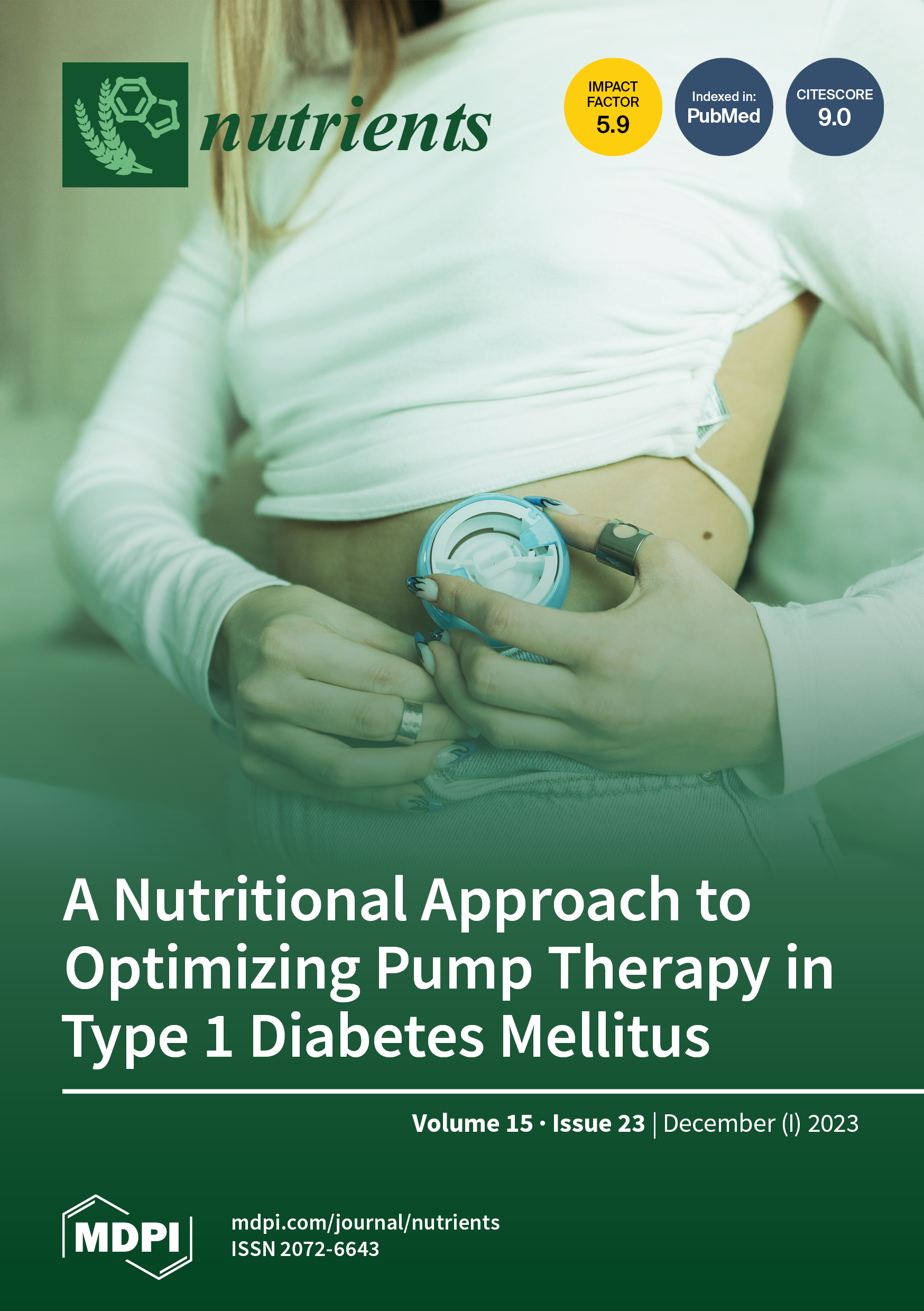Physical Address
304 North Cardinal St.
Dorchester Center, MA 02124

The hormone receptor status of breast cancer impacts treatment options significantly.

Credit: globaloncologyacademy.org
Hormone receptor status plays a crucial role in determining the most effective treatment options for breast cancer. It influences the use of hormonal therapy and helps tailor personalized approaches for patients. Understanding this status is vital in guiding targeted treatment decisions.
Hormone receptors are proteins that are found inside and on the surface of cells. They act as messengers, receiving signals from hormones and transmitting them to the cell’s nucleus. In the case of breast cancer, hormone receptors play a crucial role in determining the treatment options and prognosis of the disease.
There are two main types of hormone receptors in breast cancer: estrogen receptors (ER) and progesterone receptors (PR). When breast cancer cells have these receptors, they are classified as hormone receptor positive (HR+) breast cancer. On the other hand, when breast cancer cells lack these receptors, they are categorized as hormone receptor negative (HR-) breast cancer.
In terms of treatment options, the status of hormone receptors is vital. For women with HR+ breast cancer, hormonal therapies are often recommended. These medications work by blocking the effects of estrogen or lowering estrogen levels in the body. By doing so, they inhibit the growth of cancer cells and reduce the risk of recurrence. Hormonal therapies may include selective estrogen receptor modulators (SERMs), aromatase inhibitors, or luteinizing hormone-releasing hormone (LHRH) agonists.
On the other hand, women with HR- breast cancer do not benefit from hormonal therapies. Their treatment plans typically involve chemotherapy, targeted therapies, or a combination of both. Since HR- breast cancer cells do not respond to hormonal treatments, it is important to explore other treatment options that target different pathways involved in cancer growth and spread.
It is important to note that hormone receptor status is determined through a tissue test called immunohistochemistry. This test examines a small sample of the tumor tissue to identify the presence or absence of estrogen and progesterone receptors. The results of this test guide oncologists in formulating the most appropriate treatment plan for each individual.
In conclusion, understanding the hormone receptor status of breast cancer is of utmost importance when it comes to treatment decisions. Knowing whether the cancer cells are hormone receptor positive or negative allows healthcare professionals to tailor treatment plans that target the specific characteristics of the disease. Hormonal therapies can be highly effective in hormone receptor positive breast cancers, while alternative treatment options are required for hormone receptor negative breast cancers.
Breast cancer treatment varies depending on the hormone receptor status of the tumor. For women with hormone receptor positive breast cancer, optimizing treatment is crucial to achieve the best possible outcomes. Hormone receptor positive breast cancer refers to tumors that have receptors for estrogen and/or progesterone. These receptors play a key role in the growth and proliferation of cancer cells.
Endocrine therapy is the cornerstone of treatment for hormone receptor positive breast cancer. It works by targeting the hormones that drive the growth of cancer cells. There are several endocrine therapy options available, including:
These endocrine therapies are typically taken for several years to prevent the recurrence and spread of hormone receptor positive breast cancer. They offer an effective and well-tolerated treatment option with fewer side effects compared to other systemic therapies.
In some cases, combining endocrine therapy with other treatments may be necessary to optimize outcomes. Combination treatments for hormone receptor positive breast cancer can include:
By combining different treatment modalities, healthcare professionals can tailor therapy plans to the specific needs of patients with hormone receptor positive breast cancer. This multi-pronged approach offers the potential for improved outcomes and better long-term survival rates.
Breast cancer treatment for patients with hormone receptor-negative tumors poses unique challenges due to limited hormonal therapy options. This impacts the approach to treatment, focusing on targeted therapies and chemotherapy to effectively combat the cancer.
When it comes to breast cancer treatment, hormone receptor status plays a crucial role in determining the most effective approach. While hormone receptor-positive breast cancer can be targeted with hormone therapy, hormone receptor-negative breast cancer poses unique challenges.
Women diagnosed with hormone receptor-negative breast cancer face a setback in their treatment journey due to limited options available. Unlike hormone receptor-positive breast cancer, hormone receptor-negative tumors do not respond to hormonal therapies such as tamoxifen or aromatase inhibitors.
Without the option of hormone-blocking medications, other treatment modalities need to be explored to combat hormone receptor-negative breast cancer. This highlights the need for additional targeted therapies that can effectively address this subtype of breast cancer.
Fortunately, advancements in scientific research have paved the way for the development of targeted therapies specifically designed to tackle hormone receptor-negative breast cancer.
Researchers have identified key molecular pathways and genetic mutations associated with hormone receptor-negative tumors. This knowledge has led to the development of targeted drugs that inhibit these specific pathways or mutations, offering promising treatment options for patients with hormone receptor-negative breast cancer.
Targeted therapies, such as PARP inhibitors, monoclonal antibodies, and tyrosine kinase inhibitors, are being studied extensively in clinical trials to evaluate their efficacy in hormone receptor-negative breast cancer. These therapies aim to disrupt the growth and survival of cancer cells, providing hope for patients who previously had limited options.
It is essential to mention that these targeted therapies are not a one-size-fits-all solution. Each patient’s genetic makeup and tumor characteristics must be thoroughly analyzed to determine the most suitable targeted therapy for them. This personalized approach ensures that each patient receives the treatment that offers the highest chance of success.
Moreover, ongoing research continues to explore new biomarkers and potential therapeutic targets for hormone receptor-negative breast cancer. As our understanding of this subtype deepens, new avenues for treatment are expected to emerge, further improving the outcomes and quality of life for patients.

Credit: www.mdpi.com
Diagnostic tools play a crucial role in determining the hormone receptor status of breast cancer patients. This status is essential because it helps oncologists choose the most suitable treatment options for each individual. Today, we will delve into two primary diagnostic tools that aid in determining hormone receptor status: immunohistochemistry and gene expression profiling.
One of the diagnostic methods used to ascertain hormone receptor status in breast cancer patients is immunohistochemistry. This technique involves analyzing tissue samples taken during a biopsy or surgery. Hormone receptors, such as estrogen receptors (ER) and progesterone receptors (PR), are examined using specific antibodies labeled with enzymes or fluorescent markers.
During the analysis, the tissue sample is stained and examined under a microscope. Based on the intensity and distribution of the staining, pathologists can determine whether the patient has hormone receptor-positive or hormone receptor-negative breast cancer. The results of this test influence treatment decisions and the choice of hormone-based therapies.
Another powerful tool used for determining hormone receptor status is gene expression profiling. This technique involves analyzing the gene expression patterns of tumor tissue samples. By studying the activity levels of specific genes related to hormone receptors, oncologists gain insights into the subtype and aggressiveness of breast cancer.
The most commonly used gene expression profiling test is the Oncotype DX test. It evaluates a panel of genes associated with the risk of recurrence and helps oncologists make personalized treatment decisions. For example, patients with hormone receptor-positive, HER2-negative breast cancer might benefit from hormonal therapies alone, while those with higher recurrence scores might require additional chemotherapy.
Gene expression profiling provides valuable information beyond hormone receptor status. It offers a more detailed understanding of the patient’s individual cancer biology, enabling personalized treatment plans tailored to their specific needs.
Regular screening and early detection play a crucial role in breast cancer treatment. The hormone receptor status greatly impacts the available treatment options for patients, emphasizing the importance of timely diagnosis and understanding individualized treatment plans. Detecting hormone receptor status early can guide targeted therapies and ensure effective treatment outcomes.
Regular screening and early detection play a crucial role in improving treatment outcomes for breast cancer. By detecting breast cancer at an early stage, before it has spread to other parts of the body, patients have a higher chance of successful treatment and improved survival rates.
Guidelines for breast cancer screening:
The American Cancer Society (ACS) recommends regular screening mammograms for women starting at the age of 40. However, it’s important to note that individual risk factors may vary, and women should discuss their personal screening schedule with their healthcare providers.
Regular screening mammograms allow doctors to identify abnormalities in breast tissue, such as lumps or calcifications, that may indicate the presence of cancer. Early detection of breast cancer through regular screenings can lead to earlier treatment interventions and potentially less invasive treatment options.
Understanding the role of early detection in treatment outcomes:
When breast cancer is detected early, treatment options can be more effective in preventing its spread and managing the disease. The stage at which breast cancer is diagnosed is an important factor in determining the appropriate treatment approach.
For hormone receptor-positive breast cancers, early detection allows healthcare providers to assess the extent of hormone receptor presence and plan personalized treatment strategies. Hormone receptor status impacts the choice of treatment options, including hormone therapy, targeted therapies, or a combination of treatments.
By identifying hormone receptor status at an early stage, healthcare providers can tailor treatment plans to target hormone receptors and optimize treatment outcomes. This individualized approach ensures that patients receive the most appropriate and effective therapies, improving their chances of successful treatment.
Regular screening and early detection are essential in providing the best possible treatment options for breast cancer patients. Being proactive in maintaining regular check-ups and mammograms can significantly increase the chances of detecting breast cancer early, leading to better treatment outcomes and improved overall survival rates.

Credit: www.mdpi.com
The treatment for hormone receptor-positive breast cancer usually involves hormone therapy and/or targeted therapy. These therapies specifically target the hormones or proteins that promote the growth of cancer cells.
Hormone receptor status plays a crucial role in breast cancer. It determines whether the cancer cells have receptors for hormones like estrogen and progesterone. This information helps doctors decide the most effective treatment options for the patient.
The best treatment approach for ER PR-positive and HER2-negative breast cancer depends on the stage, size, and characteristics of the tumor. Common options include surgery, radiation therapy, chemotherapy, hormone therapy, and targeted therapy. Talk to your healthcare provider to determine the most suitable treatment plan for your specific case.
Hormonal therapy for breast cancer has a high survival rate. It helps control the growth of hormone receptor-positive breast cancer cells, increasing the chances of long-term survival.
Hormone receptor status plays a vital role in determining the treatment options for breast cancer patients. Understanding whether the tumor is estrogen receptor-positive or progesterone receptor-positive is crucial in tailoring the most effective therapy. This knowledge helps doctors determine whether hormone therapy, such as Tamoxifen or aromatase inhibitors, may be beneficial.
By personalizing treatment based on hormone receptor status, healthcare providers can improve outcomes and increase the chances of successful remission. It is essential to consult with a healthcare professional to explore the best treatment plan for individual cases.

